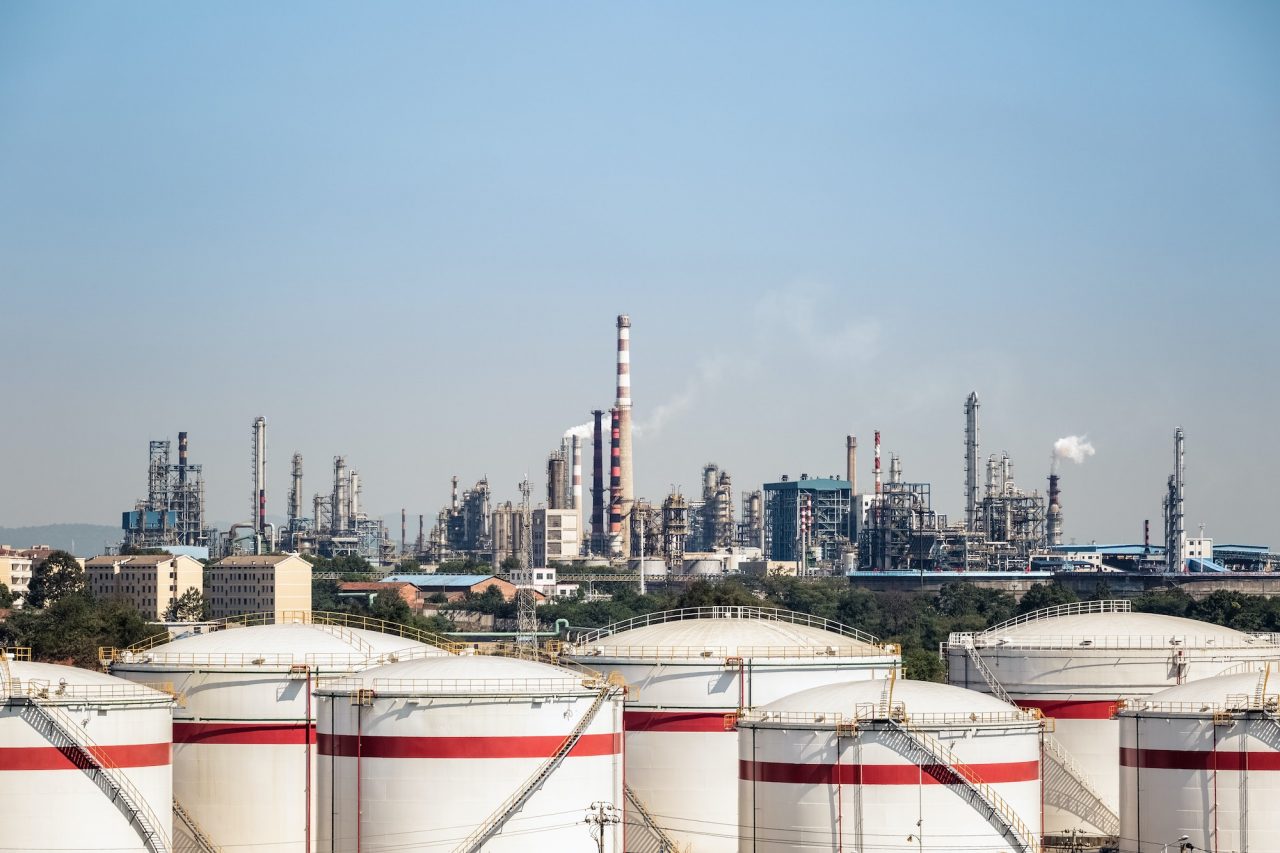On a general note, security involves the identification, development, documentation, and implementation of policies and procedures to protect/ ensure safety of life, the environment, assets and continuity of operations. But Safety and Security Engineering essentially deal with the elimination of these risk factors to as low as reasonably practicable, and it involves the process of either designing a system to meet the compliance benchmarks or incorporating security and safety controls into a working system so that they become an integral part of the system’s operational capacity. To achieve this, setting up regulatory codes and standards that ascertain how sternly practical measures are kept to procure the desired aim cannot be overemphasized. Engineering societies like FPA, SFPE, SPE, AICHE, ASCE, ASME, ASCE encourage this as best practice.
A code by definition is a set of rules that experts recommend for engineering professionals follow which is guided by years of experience and generally accepted good engineering practice. It is not compulsorily a law, but can be adopted into one; while a standard tends to be a more intricate set of technical details- the requisites for meeting a code.
Primarily the essence of codes in any given field of engineering is to protect the general public by setting up a basic and acceptable level of safety (and security) for infrastructures, products and processes. By applying standards, individuals and organization alike can help to ensure that their products and services are consistent, compatible, safe and effective.
In the safety and security solutions industry, Codes and Standards are the very fabric of risk minimization, productivity and continuity by ensuring that systems and products are designed and/or fabricated to meet the following benchmarks:
- Functionality
- Adequacy
- Reliability
- Availability
- Security
Compliance with these laid down guides creates a tendency for the free flow of activities, while negligence can be catastrophic; thus, underlining the relevance of this set of safety policies in the maintenance of an environment favorable for productive work in the engineering industry. Such codes include ASME, NFPA, IBC. IEC, BS etc.
Codes and Standards are to be mandatorily complied with in order to ensure an acceptable level of accuracy of engineering design across organizations, countries and continents. These guides require proof that all equipment design, purchase, installations and testing are done in line with set protocols agreeable with recognized industry standards; and the maintenance practices utilized must also be according to Recognized and Generally Accepted Good Engineering Practice (RAGAGEP).
These codes and standards have been developed, and are constantly updated, by industry experts to facilitate well engineered and cost-effective solutions. This practice as stated earlier ensure compliance by Engineers, vendors and contractors regarding the design and operation of the various equipment and processes, as well as permitting personnel to expand their knowledge base by use of the documents for significant guidance.
It would be nearly impossible to develop this critical knowledge base without this set of codes and standards, which a lack of have resulted in a plethora of grave industrial disasters.
These organizational codes and standards in Safety and Security Engineering cannot be undermined, for they have proven to be the pivotal tool that promotes the functions and actions that reproduces consistent success in every and any given project embarked on.
Risk Engineer – Safety Consultants and Solution Providers Ltd
Visit here for more information about us. Our past project experience is also value proposition & project experience.










